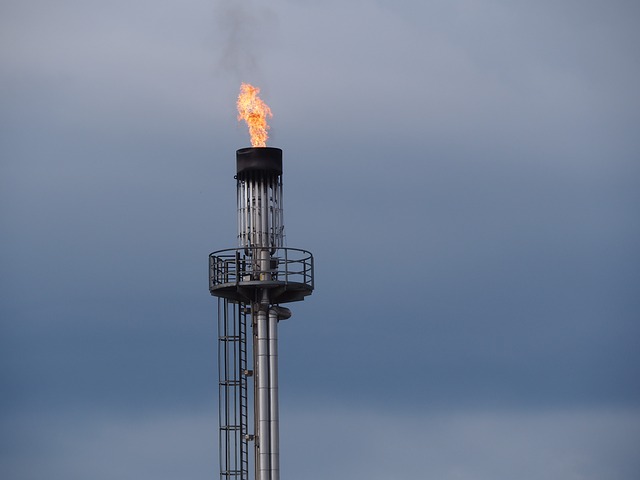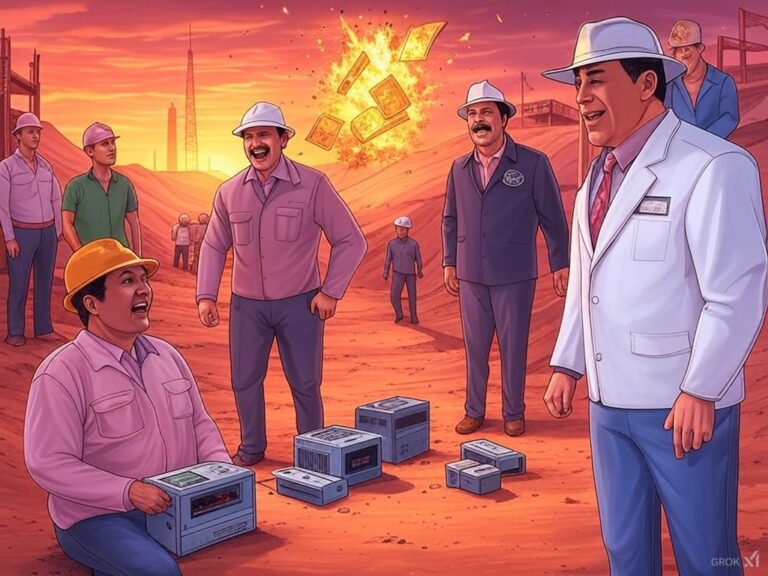Demand for crude oil is unlikely to ease in the foreseeable future. Increasing prosperity is leading to a steady rise in the demand for oil in more and more countries around the world.
Although oil supplies are assured for decades to come, resources will eventually run out. In addition to conventional production methods, the unconventional production technique of fracking is becoming increasingly important. But it is more than controversial even among experts.
Why fracking?
Fracking is a production method used to extract oil from oil sands or oil shale. Such oil deposits cannot be developed using conventional extraction techniques. Fracking thus aims to tap oil deposits that cannot be exploited using conventional methods.
A controversial method
Growing oil consumption in the face of dwindling oil reserves is certainly a strong argument in favor of unconventional production technology, as it allows oil reserves to be exploited that would otherwise be inaccessible.
Nevertheless, fracking is not only a very expensive extraction method, but also poses huge dangers. Many experts from the mining companies consider fracking to be forward-looking and a perfectly controllable method.
Artificial safeguards and natural barriers such as impenetrable rock strata ensure that fracking will have absolutely no impact on the environment, they say.
Critics, however, see this quite differently and point out time and again that the fracks can certainly trigger earth tremors, which in turn can lead to serious damage. There is also a risk that drilling through aquifers could contaminate groundwater. Fracking uses large amounts of hazardous chemicals that can cause damage not only to groundwater but also to the surface.
How fracking works
Fracking reaches oil deposits in far deeper layers of the earth than conventional extraction. Conventional oil reservoirs are located directly beneath permeable reservoir rock, which is below the water table.
Meanwhile, the crude oil that is extracted during fracking is usually found in the deeper layers of a dense shale, or sometimes in the overlying sandstone layer.
After reaching these very deep and oily rock layers by horizontal drilling, the riser pipe is perforated with holes. A mixture of water, sand and various chemicals is then forced through the pipe at great pressure. This process causes fine cracks and crevices to form in the rock through which the oil can flow.
In this way, the oil can be transported to the surface together with the injected water. The sand and the chemicals it contains, however, remain in the rock.
The USA already uses this method very frequently for oil production, despite all the concerns.







